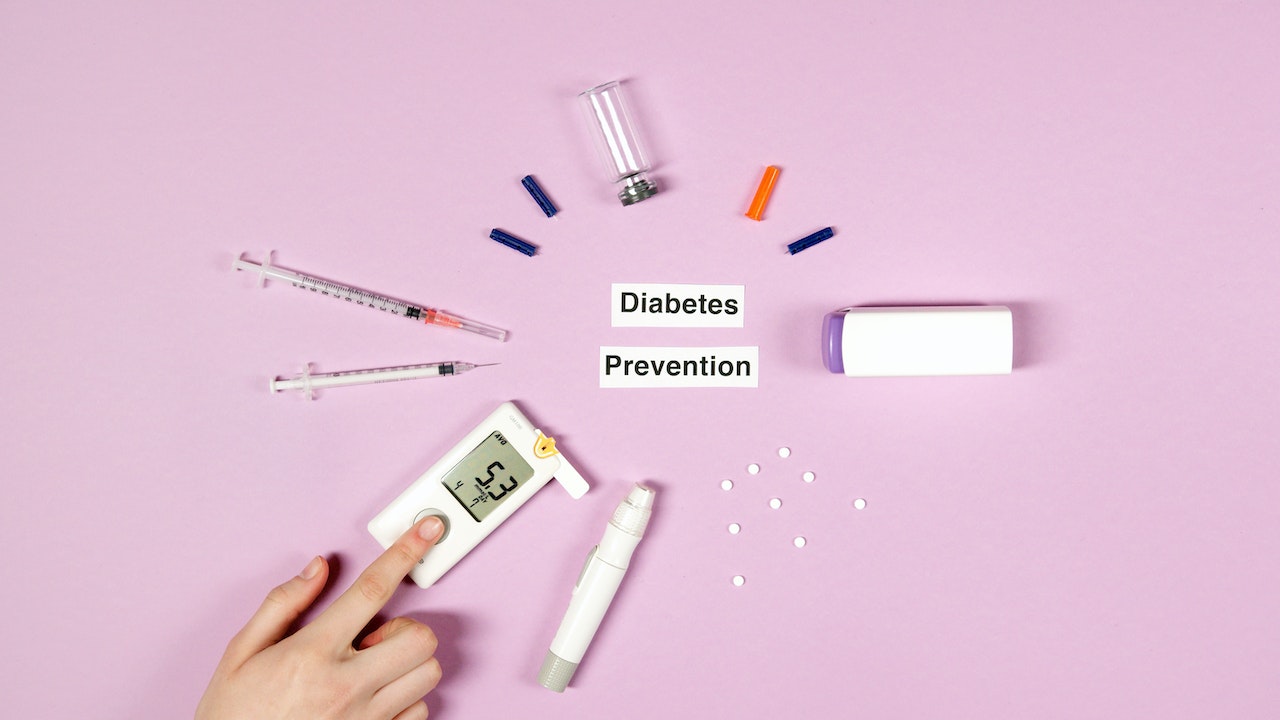Diabetes is a complex metabolic disorder affecting millions globally. While it’s commonly referenced as a single condition, there are multiple forms. Among these, Type 1 and Type 2 are the most prevalent. Understanding their distinctions is essential for accurate diagnosis, effective management, and patient care.
Nature and Onset:
Type 1 and Type 2 diabetes is different from one another and happens to people of varying age.
Type 1 Diabetes:
Often diagnosed in childhood, Type 1 is an autoimmune condition. The immune system mistakenly attacks and destroys insulin-producing cells in the pancreas. As a result, the body produces little to no insulin. Its onset is usually rapid, with symptoms manifesting clearly.

Type 2 Diabetes:
This form is more commonly diagnosed in adults, though an increasing number of children are affected due to lifestyle factors. With Type 2, the body either resists the effects of insulin or doesn’t produce enough to regulate blood sugar properly. Its onset is more gradual than Type 1.
Symptoms:
Both types share similar symptoms due to the core issue of blood sugar dysregulation. Common symptoms include excessive thirst, frequent urination, fatigue, blurred vision, and unexplained weight loss. However, with Type 1, these often appear suddenly and severely, whereas Type 2 may be milder and develop over the years.
Causes and Risk Factors:
Both types are caused dues to different reasons and risk factors that a person is exposed to.
Type 1 Diabetes:
The exact cause remains a mystery, though genetics and some viral infections seem to trigger the autoimmune response. Environmental factors may also play a role.
Type 2 Diabetes:
This form has a clearer link to lifestyle factors. Obesity, physical inactivity, poor diet, and genetics significantly increase the risk. Additionally, age, ethnicity, and a history of gestational diabetes can influence susceptibility.
Diagnosis and Treatment:
Diagnosis for both involves assessing blood sugar levels through fasting blood sugar tests, HbA1c tests, or glucose tolerance tests.

Type 1 Diabetes:
Treatment revolves around insulin therapy since the body cannot produce its own. This involves regular insulin injections or the use of an insulin pump. Blood sugar monitoring, dietary adjustments, and physical activity are also essential components of management.
Type 2 Diabetes:
Early stages might be managed through lifestyle changes, including a balanced diet, weight loss, and regular exercise. As it progresses, oral medications or insulin therapy might be necessary.
Complications:
Uncontrolled diabetes, irrespective of type, can lead to numerous complications, including cardiovascular diseases, nerve damage (neuropathy), kidney damage, eye damage, foot problems, and skin conditions. Type 1 diabetics might also face complications like hypoglycemia (low blood sugar) due to insulin treatment. Meanwhile, Type 2 can lead to issues like metabolic syndrome and high blood pressure.
Prevention and Management:
When one is diagnosed with diabetes, there is less chance of treating it completely—however, various ways help prevent the disease.
Type 1 Diabetes:
There’s no proven prevention strategy for Type 1, given its autoimmune nature. However, blood sugar control, regular medical check-ups, and a healthy lifestyle can reduce complications once diagnosed.
Type 2 Diabetes:
Prevention is more actionable. A balanced diet, healthy weight, regular physical activity, and routine health screenings can prevent or delay its onset. For those diagnosed, these measures and prescribed treatments can effectively manage the condition.
Final Thoughts:
Both Type 1 and Type 2 diabetes are severe conditions that require diligent care. Awareness of their differences not only guides diagnosis and treatment but also shapes the daily experiences of those affected. While science continues its quest for cures, understanding, and education remain our most potent tools in managing and combating these prevalent health challenges.



